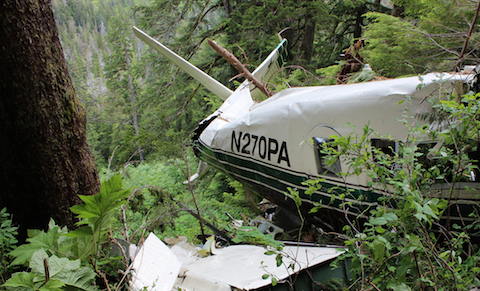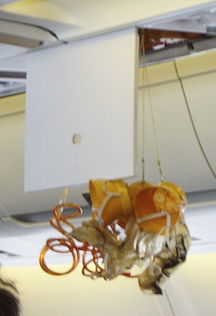First fatal airliner event of 2016
The February 2nd in-flight explosion on a Daallo Airlines A321 over Somalia led to the death of one passenger and was the first fatal airliner event of 2016. At present, the investigation into the explosion is ongoing, and the authorities in Somalia have not ruled out the possibility that the explosion was caused by a bomb.
Because of the nature of the event, and the ongoing challengers faced by the government of Somalia, there may not be a full and open investigation of the event. For a fuller description of the problems that the Somali government may have with the investigation, please read this recent article from AirSafe.com's Todd Curtis
A recent crash with many similarities to the Daallo event involved a MetroJet A321 last October.
This week's A321 event was the 13th time at least one airline passenger was killed on an A320 series aircraft.
Accident report from fatal AirAsia crash from December 2014 now available
The Indonesian government recently release their final report into the 28 December 2014 crash of an AirAsia A320 that killed all 155 passengers and seven crew members. The authorities concluded that a combination of system malfunctions and crew actions led to the crash.
Crash description and a link to the accident report
Laser encounter near Heathrow leads to arrest
Earlier this week, police near London's Heathrow airport arrested a man who allegedly pointed a laser at an aircraft. Laser encounters are a serious threat not only in the United Kingdom, but also in the United States, with over 20,000 laser encounters reported in the US between 2004 and 2014.
For a detailed look at the patterns of laser encounters in the US, as well as two Todd Curtis interviews with the BBC on laser threats to aircraft, please visit lasers.airsafe.com
Follow AirSafe.com
twitter.airsafe.com
facebook.airsafe.com
podcast.airsafe.com

 In the first six months of 2015, AirSafe.com identified eight noteworthy events, but only the two involving passenger deaths on aircraft models commonly used by airlines in the US and the EU.
Those two events would be used to compute
In the first six months of 2015, AirSafe.com identified eight noteworthy events, but only the two involving passenger deaths on aircraft models commonly used by airlines in the US and the EU.
Those two events would be used to compute 













